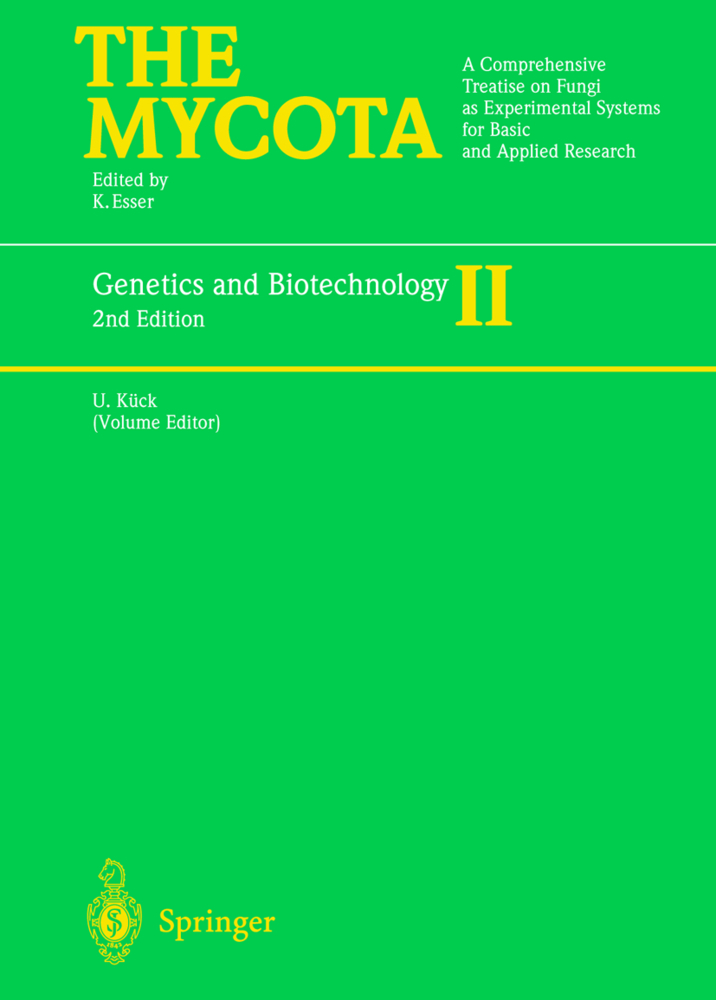Green Gene Technology
Research in an Area of Social Conflict
Green Gene Technology
Research in an Area of Social Conflict
Greengenetechnology(GGT),understoodasapartofmodernbiotechnology, has been on a steady, triumphal progression over the last ten years (ISAAA 2007, see thecontribution byEinsele in thisissue). This volume, jointly edited byProf. Fiechterandme,dealswithsomeactualscienti?candsocio-economic aspects with regard to genetically modi?ed plants (GMP). Worldwide more than 100 million hectares of agronomical land are covered by GMP. This - cludes some prominent industrialised Western countries like the USA and Canada,aseriesofthresholdcountrieslikeArgentina,Brazil,IndiaandChina, and a number of developing countries. Clearly, some of these countries have to deal with crop plant production and human nutrition in a very pragmatic way since, for example, India has to feed about a 1/5 of the world population on about 3% of the arable land. In contrast, the situation in Europe appears very different. Food supply is more than suf?cient and comparably inexp- sive. This surplus of food is on one hand convenient, since starvation has been largely unknown in Europe for about 50 years, with only comparatively few exceptions of socially peripheral individuals. On the other hand it makes the population careless about the future food supply. Even beyond mere food supply, Europe gained its culturalvalues fromitsagricultural success over the centuries. Asinglefarmerbecameabletofeedmoreandmorepeoplemaking them free towork outside of agriculture as a craftsman, artist,poet, scientist, engineer,mayor,administrativeof?cial,priest,philosopher,orsoldier togive only a few examples. In the public perception this connection between agr- omyandculturalwelfareisnotsuf?cientlyappreciatedinEurope. Switzerland, geographically in the centre of Europe (although not a member of the pol- ical union) has the same cultural tradition, only somewhat shifted towards the more conservative mood commonto mountain populations.
Bioscience, Bioinnovations, and Bioethics
Genetically Modified Organisms in the United States: Implementation, Concerns, and Public Perception
Agricultural Biotechnology and its Contribution to the Global Knowledge Economy
Exploration and Swiss Field-Testing of a Viral Gene for Specific Quantitative Resistance Against Smuts and Bunts in Wheat
Recombinant DNA Technology in Apple
Prospects for Biopolymer Production in Plants
Plastoglobule Lipid Bodies: their Functions in Chloroplasts and their Potential for Applications
Genetic and Ecological Consequences of Transgene Flow to the Wild Flora
Assessing Effects of Transgenic Crops on Soil Microbial Communities
Ecological Impacts of Genetically Modified Crops: Ten Years of Field Research and Commercial Cultivation.
The Gap between Science and Perception: The Case of Plant Biotechnology in Europe
Biotechnology Patenting Policy in the European Union - as Exemplified by the Development in GermanyBioscience, Bioinnovations, and Bioethics
Genetically Modified Organisms in the United States: Implementation, Concerns, and Public Perception
Agricultural Biotechnology and its Contribution to the Global Knowledge Economy
Exploration and Swiss Field-Testing of a Viral Gene for Specific Quantitative Resistance Against Smuts and Bunts in Wheat
Recombinant DNA Technology in Apple
Prospects for Biopolymer Production in Plants
Plastoglobule Lipid Bodies: their Functions in Chloroplasts and their Potential for Applications
Genetic and Ecological Consequences of Transgene Flow to the Wild Flora
Assessing Effects of Transgenic Crops on Soil Microbial Communities
Ecological Impacts of Genetically Modified Crops: Ten Years of Field Research and Commercial Cultivation.
Fiechter, Armin
Sautter, Christof
| ISBN | 978-3-642-09042-4 |
|---|---|
| Artikelnummer | 9783642090424 |
| Medientyp | Buch |
| Copyrightjahr | 2010 |
| Verlag | Springer, Berlin |
| Umfang | XVI, 287 Seiten |
| Abbildungen | XVI, 287 p. |
| Sprache | Englisch |











